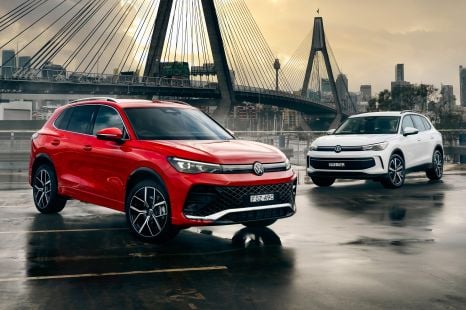

Max Davies
5 Days Ago
Sedans may no longer be as popular as they once were but there'll always be a place for perhaps the world's definitive sedan, the Mercedes-Benz S-Class.

News Editor
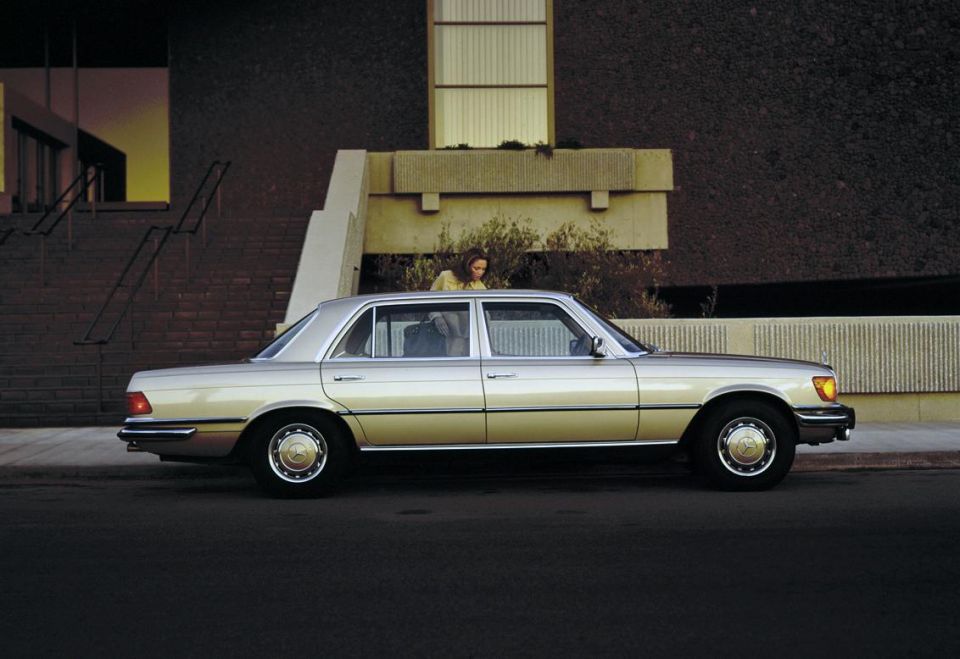

News Editor
Some automakers have a model that’s come to define the essence of what they are as a company. These models are such an important part of their company’s DNA that no matter how much they’re outsold by other cars in the showroom, it’s nigh on impossible to imagine the brand without it.
Porsche has the 911 and Jaguar has the XJ. Mercedes-Benz has the S-Class, a full-sized luxury sedan that’s been the chariot of choice for all manner of celebrities, titans of business, and world leaders.
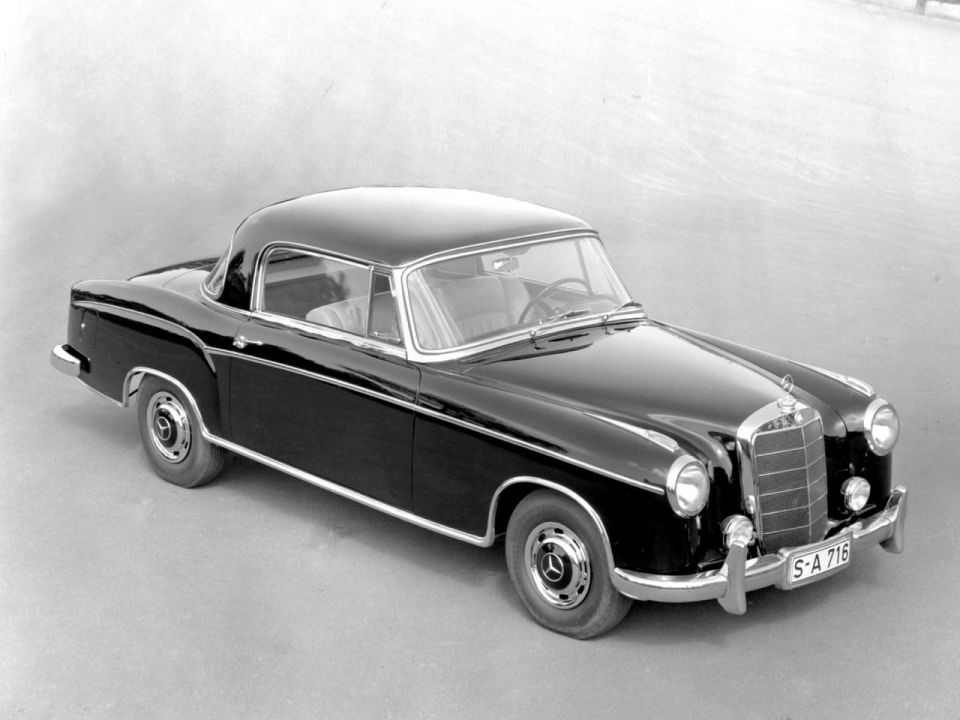
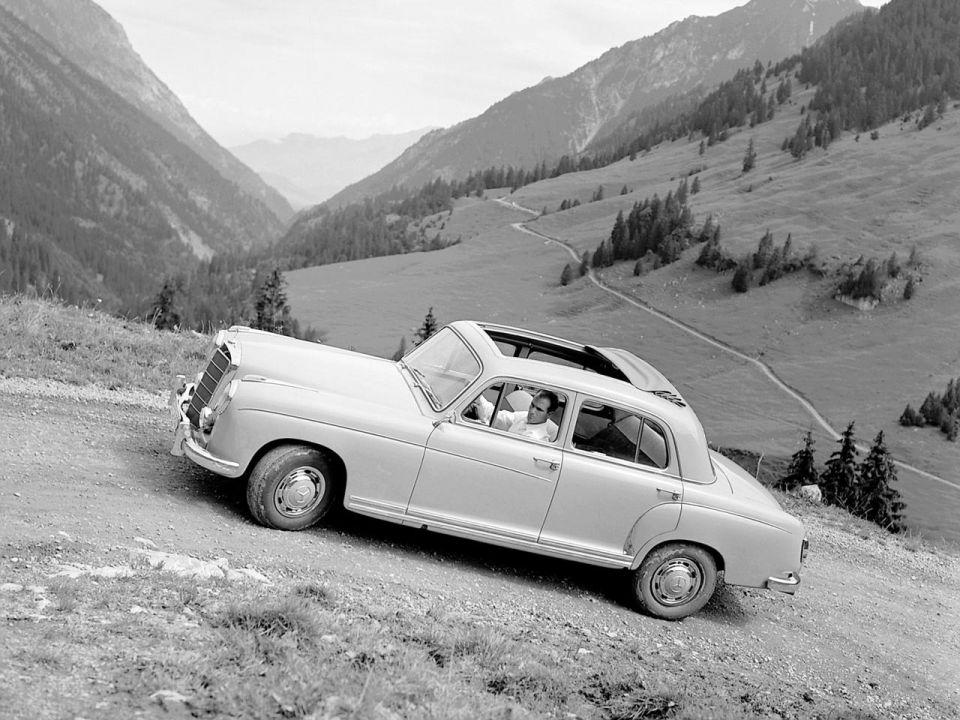
Though Mercedes didn’t officially use the S-Class name until the W116 of 1972, the letter S appeared earlier on variants of the company’s full-size sedan lines.
The six-cylinder W180/W128 “Ponton” series, first introduced in 1954, was the first model to use the appellation which stood for Sonderklasse (“special class”). Mercedes’ first unibody sedan, the Ponton – so nicknamed due to its pontoon-shaped rear quarters – was also available in shorter-wheelbase, four-cylinder W120 and W121 variants which were effectively predecessors to the E-Class line.
The S connection came in 1956 with the launch of the W180 220S in 1956, which packed a more powerful, twin-carburettor version of Mercedes’ 2.2-litre inline six. The 220S was available in either four-door sedan, two-door coupe or two-door convertible bodystyles. It became the 220SE in 1958, the E standing for Einspritzung (fuel injection); the model code also changed to W128.
While other Ponton Mercedes models like the four-cylinder W120 continued into the 1960s, the more prestigious models were replaced in 1959 by the W111/W112 series of Mercedes, referred to as the Heckflosse or Fintail.
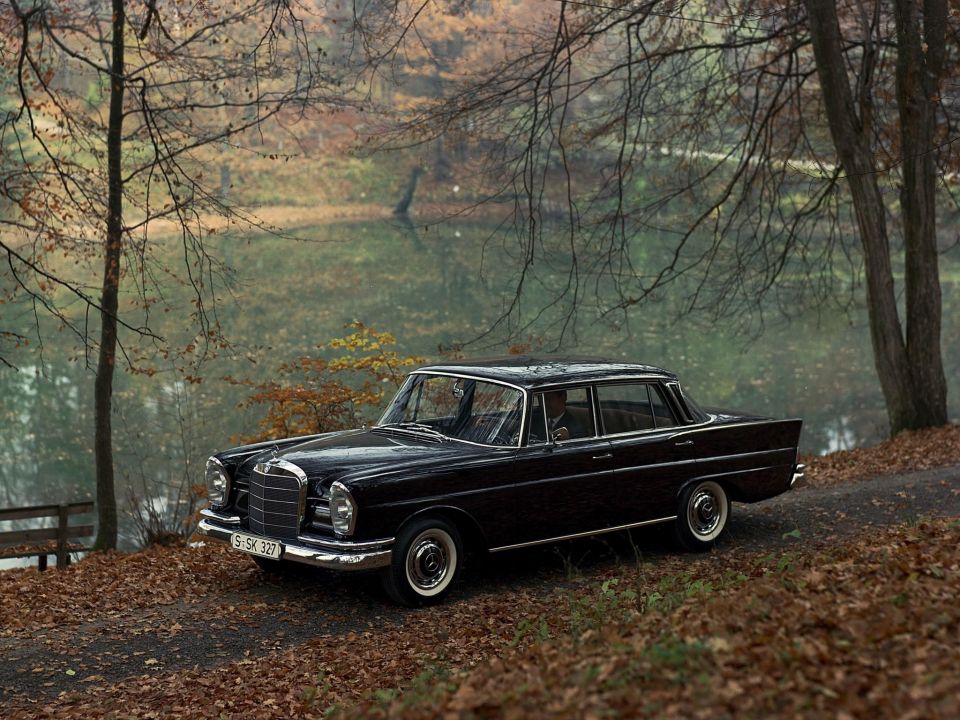
There was a time when European automakers looked to their American counterparts for design inspiration. Shortly before the clean, unadorned 1960 Chevrolet Corvair inspired countless continental homages, the tailfins that had sprouted up on American vehicles were being mimicked by even mighty Mercedes.
Those pointed rear fenders, naturally, are where the W111/W112 generation gets its nickname. Mercedes-Benz said they were “peilstege” (bearing bars) that served as a “parking aid” but, come on now – they were there for style, and they happened to look pretty nice (if rather restrained) compared to what the Americans were up to by 1959.
After they reached their zenith, Americans spent the first couple of years of the 1960s almost entirely removing tailfins from their model ranges, but the Fintail would keep its – ahem – parking aids until the W108 generation arrived in 1965.
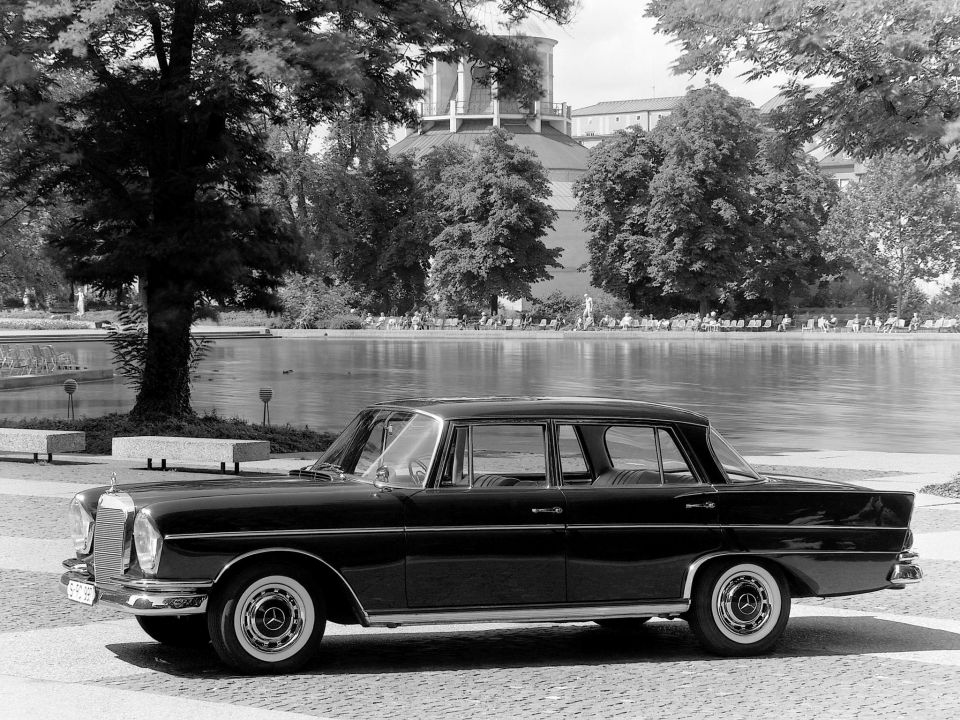
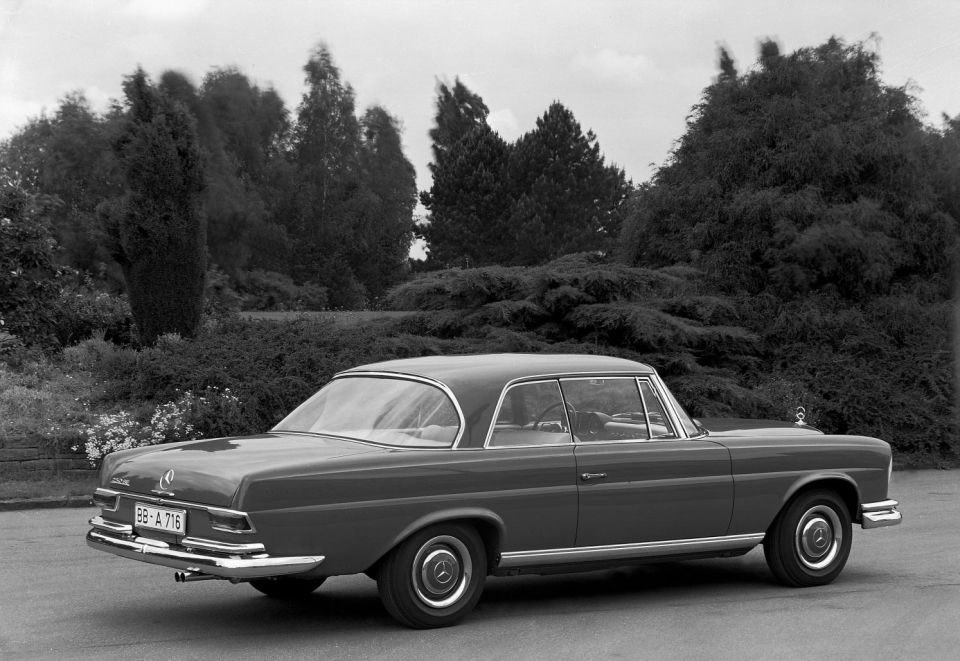
Initially launched only as a six-cylinder sedan, the Fintail was joined in 1961 by coupe and convertible variants with virtually no fins to speak of, plus four-cylinder variants designated W110 and even posher, better-equipped six-cylinder variants wearing the W112 tag.
W111 220Sb and 220SEb models carried over the Ponton 220SE’s engine, though a more powerful 2.3-litre came in 1965. The W112 300 SE served as a stopgap replacement of sorts for Mercedes’ outgoing flagship, the Adenauer, and used its fuel-injected 3.0-litre six-cylinder engine. It was also available in sedan, coupe and convertible body styles.
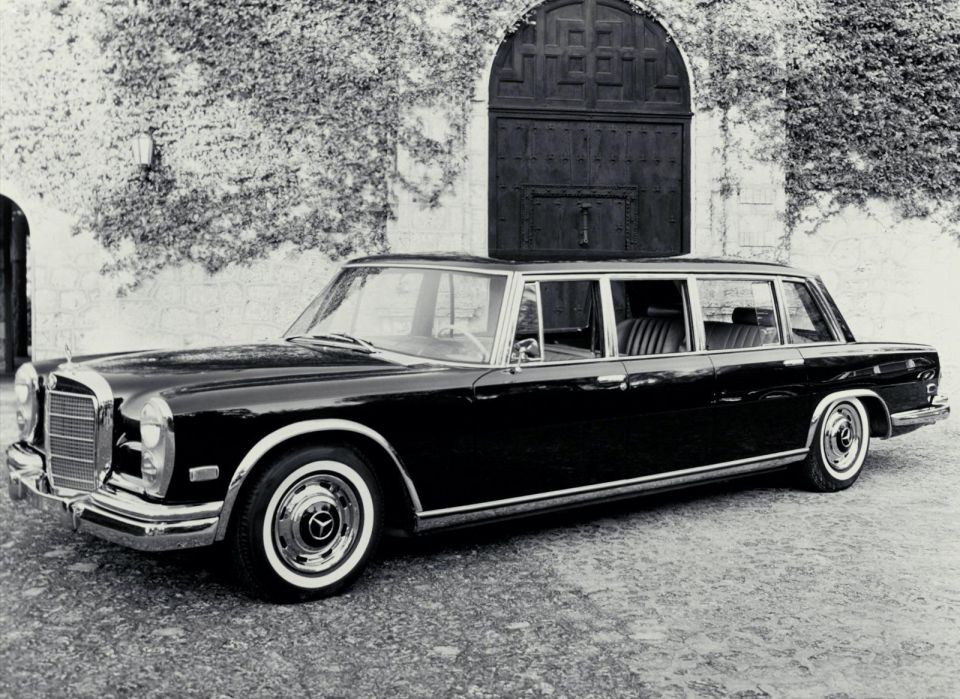
1965 marked the arrival of the 600, or Grosse Mercedes, an ultra-luxury tour de force that enjoyed a positioning loftier than W112 or any subsequent generation of Mercedes S-Class. It’s arguably not part of traditional S-Class lineage, though it’s an important part of S-Class history.
Breathing in the same rarified air as contemporary Rolls-Royce models, the 600 had the ignominy of being owned by Idi Amin, Saddam Hussein, Nicolae Ceaușescu, Kim Jong Il, and Papa Doc Duvalier. It wasn’t just tyrants and despots that enjoyed the spoils of the most prestigious Mercedes-Benz yet, with other owners including Elizabeth Taylor, Elvis Presley and John Lennon.
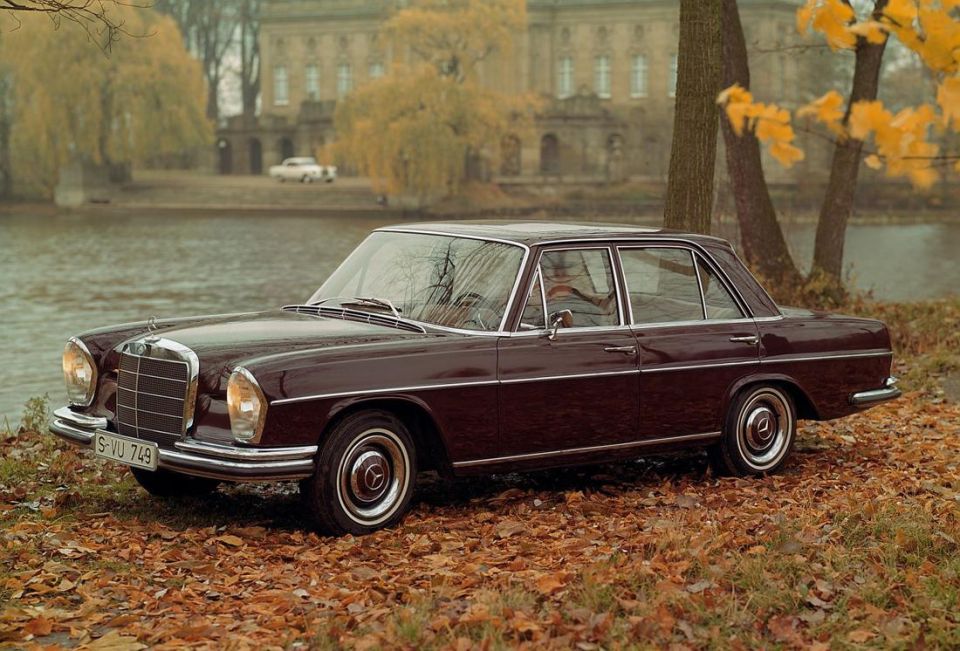
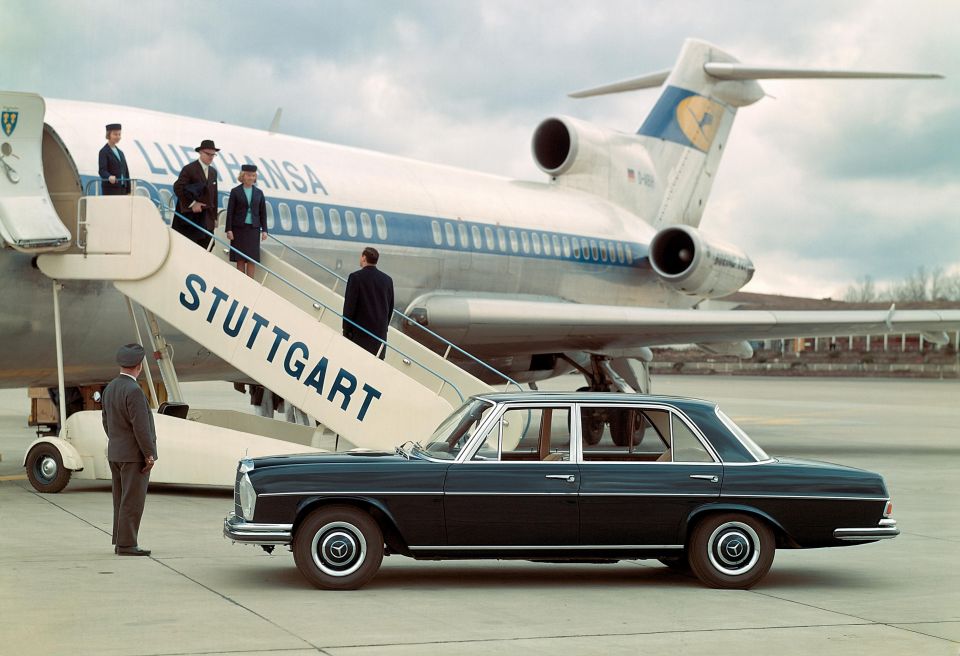
The four-door W111 continued until 1968 and the four-door W112 until 1965, upon which a new, four-door only W108 and longer-wheelbase W109 arrived; the W111 and W112 coupes would continue to be sold alongside for a few years. The tailfins were long gone with the W108 and W109 featuring a much squarer rear, though the front-end styling looked similar to before.
Though the 2.3-litre and 3.0-litre sixes would be carried over from the W111 and W112, the new generation marked the introduction of a fuel-injected, 184kW 6.3-litre V8 in 1967, borrowed from the larger 600, which made it the fastest production sedan. This model was called the 300 SEL 6.3, and for 1968 it was joined by a less expensive 3.5-litre V8 model; this smaller V8 would also be introduced to the carryover W111 coupe and convertible in 1969.
The 3.5-litre was later joined by a 4.5-litre version, very much geared towards the American market where six-cylinder engines were extinct in luxury cars and were seen as the domain of mainstream compacts and low-spec intermediates.
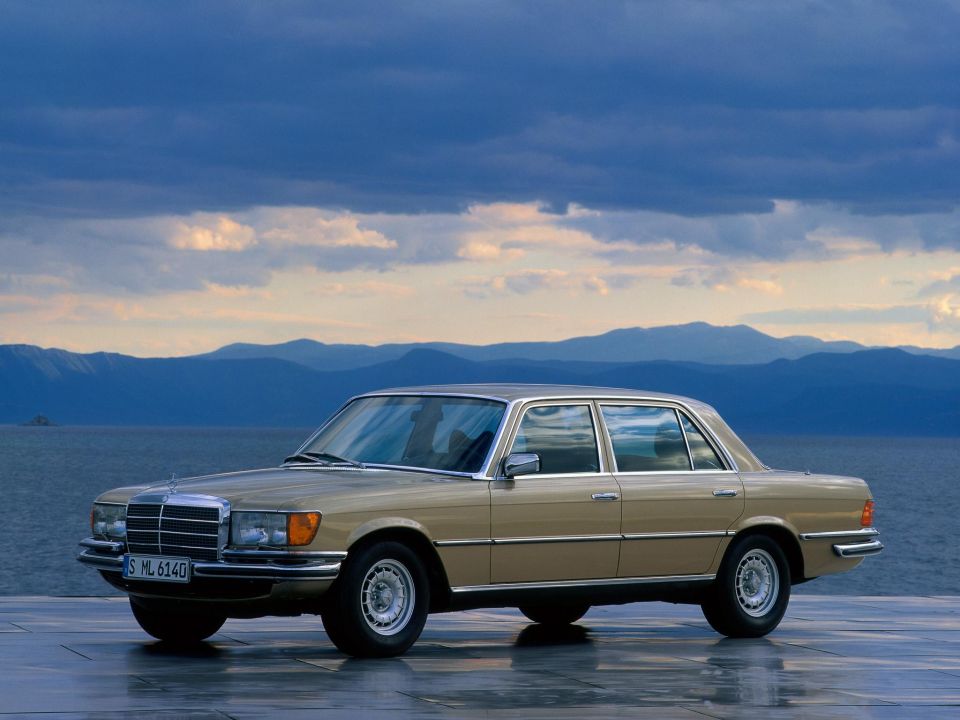
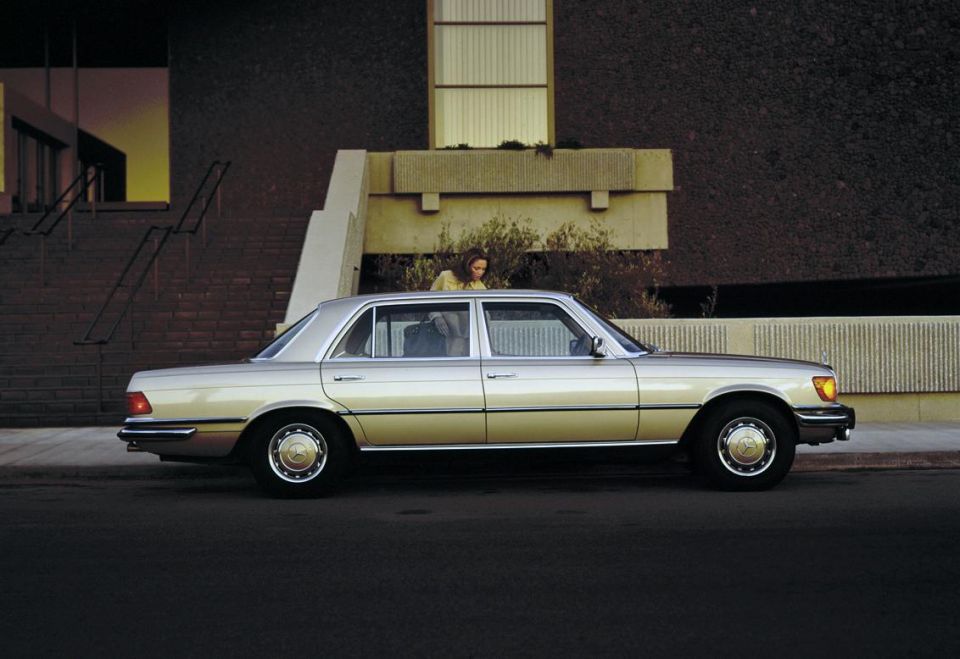
The first generation of S-Class to actually be called the S-Class, the W116 shared many design cues with the R107-series Mercedes SL that preceded it by a year including horizontally-oriented headlights. Overall, the look was leaner and more aggressive than before, though it still had the stately Mercedes grille.
By the early 1970s, the Mercedes-Benz range had been rationalised. Full-size coupes and convertibles took a break (though the R107 would briefly spawn a hardtop SLC) and the S-Class sat between the W114/W115 series (precursor to the E-Class) and the stately 600, which continued mostly unchanged until its demise in 1981.
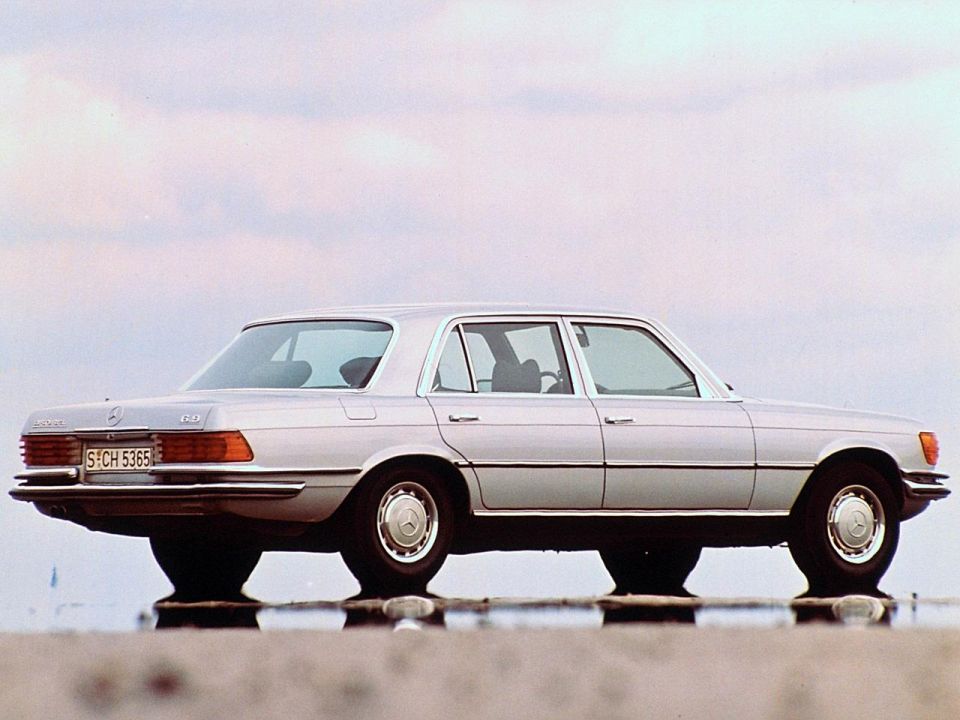
At one end of the performance spectrum was the world-first turbo-diesel 300SD introduced towards the end of the W116’s run, while at the other was the flagship 450SEL 6.9.
It featured the largest engine of any non-American production car following World War II – a 6.8 litre (not 6.9) V8 with 198kW of power and a top speed of 225km/h. It also featured Mercedes’ first application of four-wheel independent hydropneumatic self-levelling suspension, similar to that employed by Citroen and the precursor to today’s Magic Body Control.
Despite its heady performance and lofty price tag, the 450SEL 6.9 was barely distinguishable from lesser W116s – you could even opt to delete the badge. That also meant it was lacking some of the luxury features that were becoming commonplace in this stratosphere, including power-adjustable front seats.
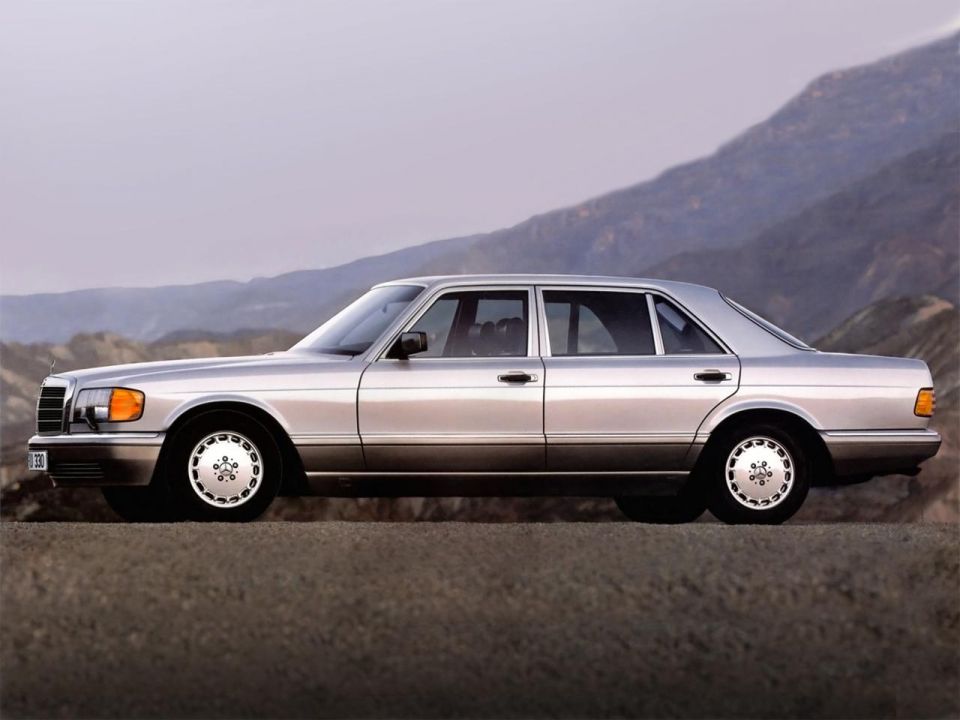
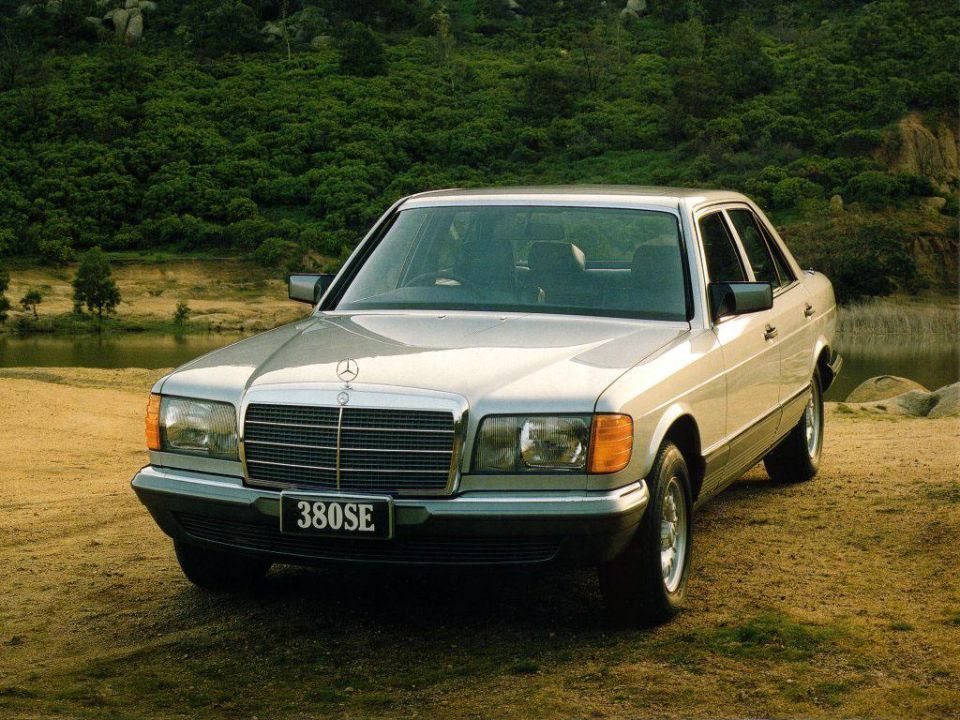
Easily one of the most cohesive and timeless Mercedes-Benz designs of all time, the W126 somehow managed to successfully marry vintage Mercedes design cues. The design team led by Bruno Sacco combined elements like the stately, upright radiator shell with more recent design motifs (ribbed taillight lenses) and a more aerodynamic (Cd 0.36) body.
This was a car that managed to avoid looking dated even at the end of its 12-year run.
The focus on aerodynamics was no doubt motivated by the fuel crises of the 1970s, the first of which struck shortly into the W116’s run and the second that occurred around the W126’s launch.
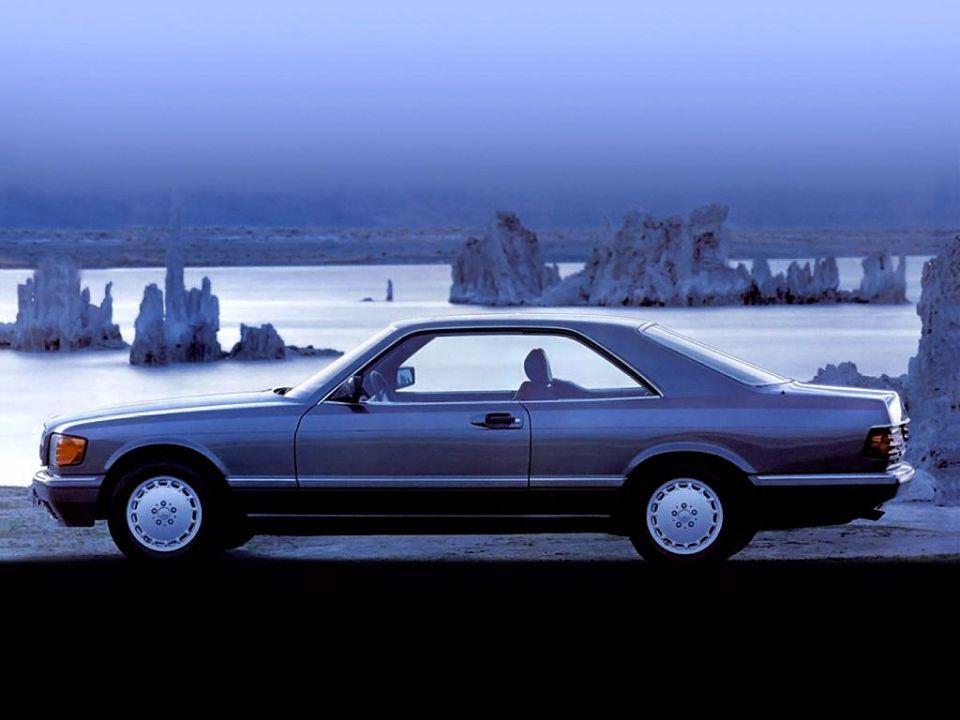
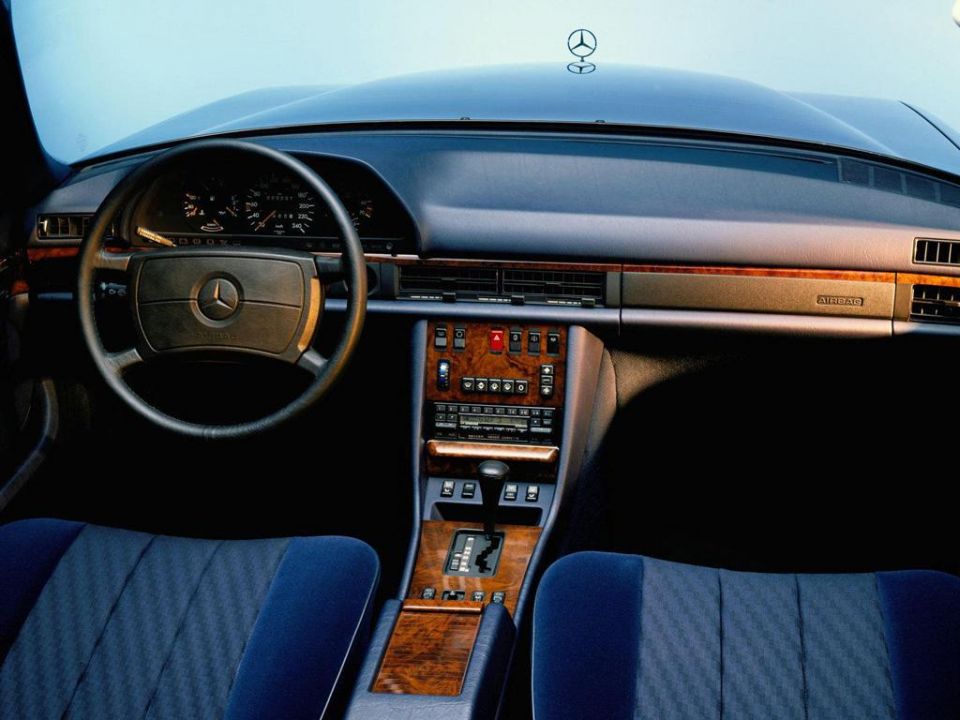
A full-size coupe returned to the Mercedes range in 1981, based on the standard-length S-Class sedan. It was the first such Mercedes since the W111 coupe was withdrawn in 1971 and shared its pillarless hardtop styling.
Again, a turbo-diesel 300SD was offered in North America only, appealing to status-conscious yet economy-conscious buyers. Though Mercedes’ diesels had been up to this point slow and smelly, they had become increasingly popular there and the much quicker 300SD further boosted oil-burner sales – at one point, diesels accounted for 80 per cent of Mercedes’ US-market sales.
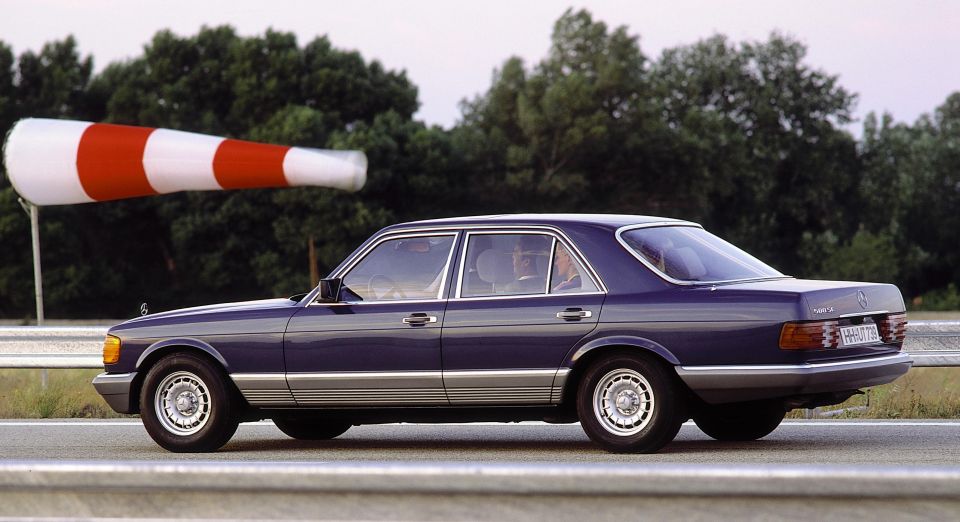
Over its 12 years of production, Mercedes manufactured 892,123 examples of the W126 sedan and coupe, making it the highest-volume S-Class generation yet. That and its impeccable engineering means there’s still plenty of W126s roaming the world, including the one driven by boozy matriarch Lucille Bluth.
Fun fact: this was the first Mercedes to have the brand’s now-classic power seat controls that are shaped like a seat.
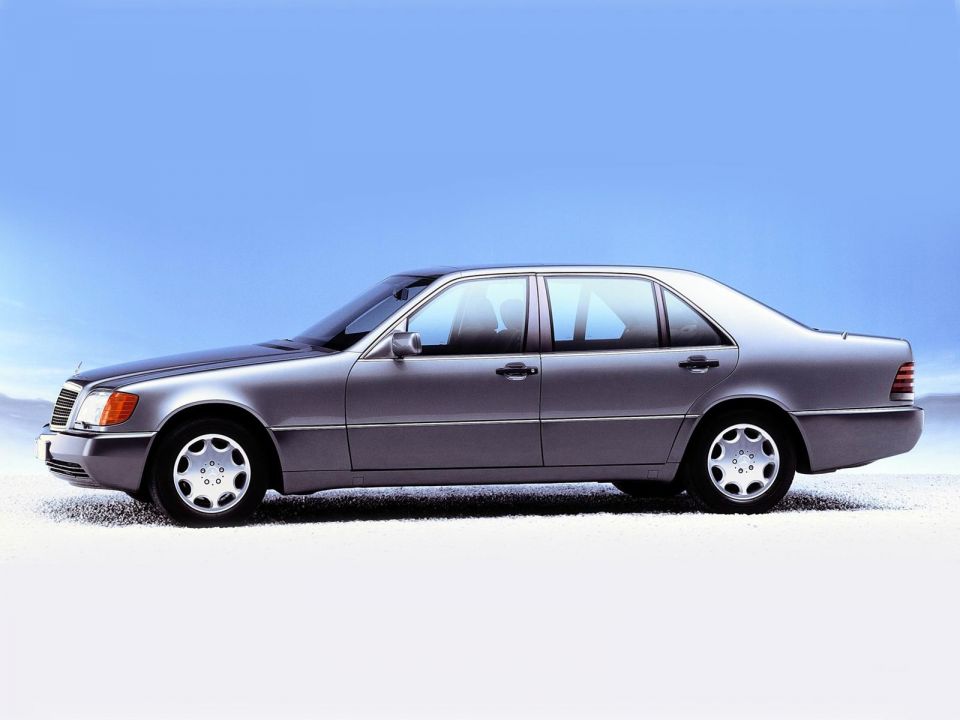
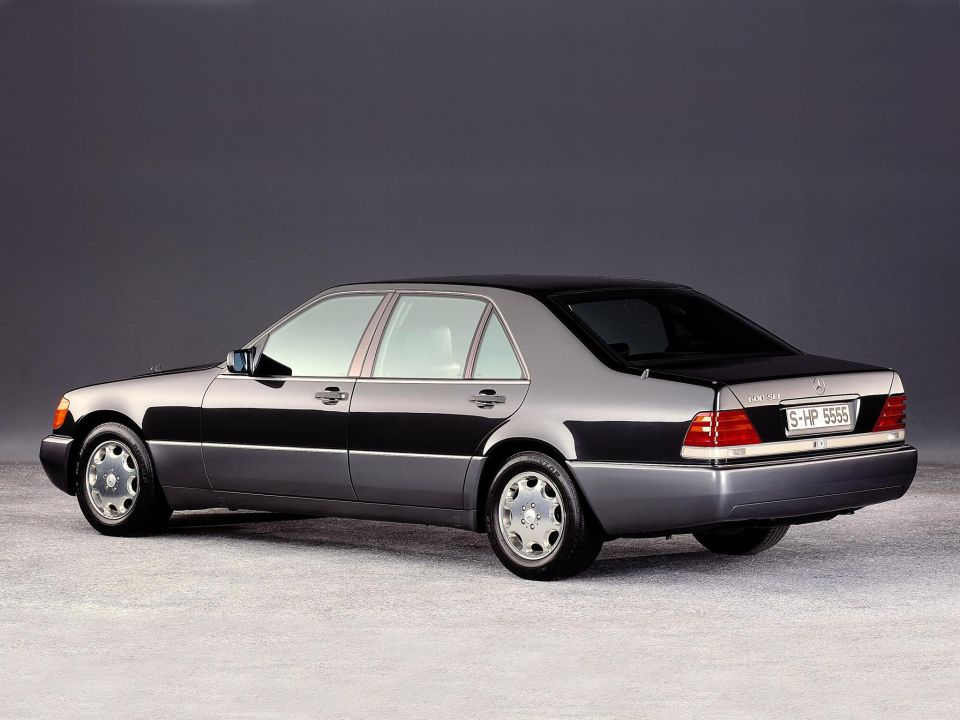
Development of the W140, the largest, most technologically advanced and priciest S-Class yet, began in 1981. It was the most expensive development program yet for Mercedes-Benz, costing two billion Deutschmarks, and represented the brand’s desire to remain the manufacturer of “the greatest car in the world”.
Mercedes had experienced its most direct threat yet in the form of the 1986 E32 BMW 7 Series, which led to the three-pointed star introducing a V12 of its own to battle the new 750i, the first post-war German car to be powered by a V12.
A desire to not play second fiddle to BMW led to Mercedes delaying the launch of its W140 by two years; there were also rumours Mercedes would try to one-up the 750i with a sixteen-cylinder engine option, in a serious case of luxury sedan brinkmanship.
The bluff, squared-off styling of the W140 was less graceful than the W126 (or the E32 7 Series, for that matter) and meant the car looked visibly much bulkier, even though it was only 66mm wider and 53-93mm longer than before.
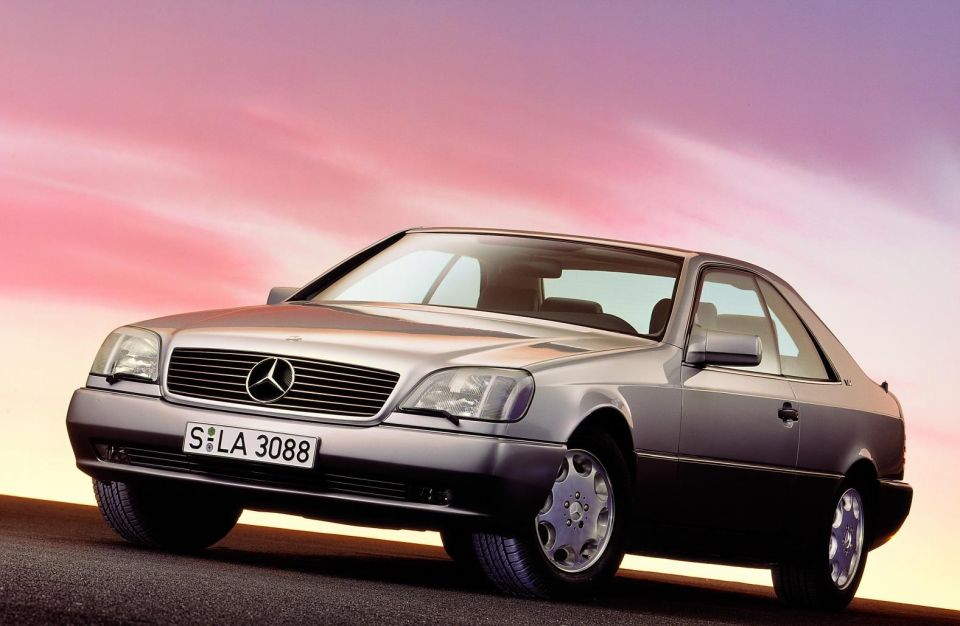

The C140 coupe variant was easier on the eyes, featuring considerably different styling from the sedan including a unique front-end. Initially badged as the 500SEC and 600SEC and then the S500 and S600, the coupe would adopt the CL name in 1996 and leave the S-Class line, returning only with the outgoing generation.
There was initially quite a negative reaction from the public, particularly in Germany, about the W140 being overweight and inefficient and even a “dinosaur”. Lead designer Bruno Sacco, who was also responsible for the trim, elegant W124 E-Class of 1986 would later admit he found the design to be too top-heavy.
A mid-cycle enhancement tried to reduce visual bulk, while 1994 marked the first time a diesel S-Class was offered in Europe.
Though it was the first S-Class generation to offer a five-speed automatic transmission, a V12, power-folding exterior mirrors, rain-sensing wipers, HID headlights and parking sensors, it’s unfortunately best known as the car driving Diana, Princess of Wales that fateful night in 1997.
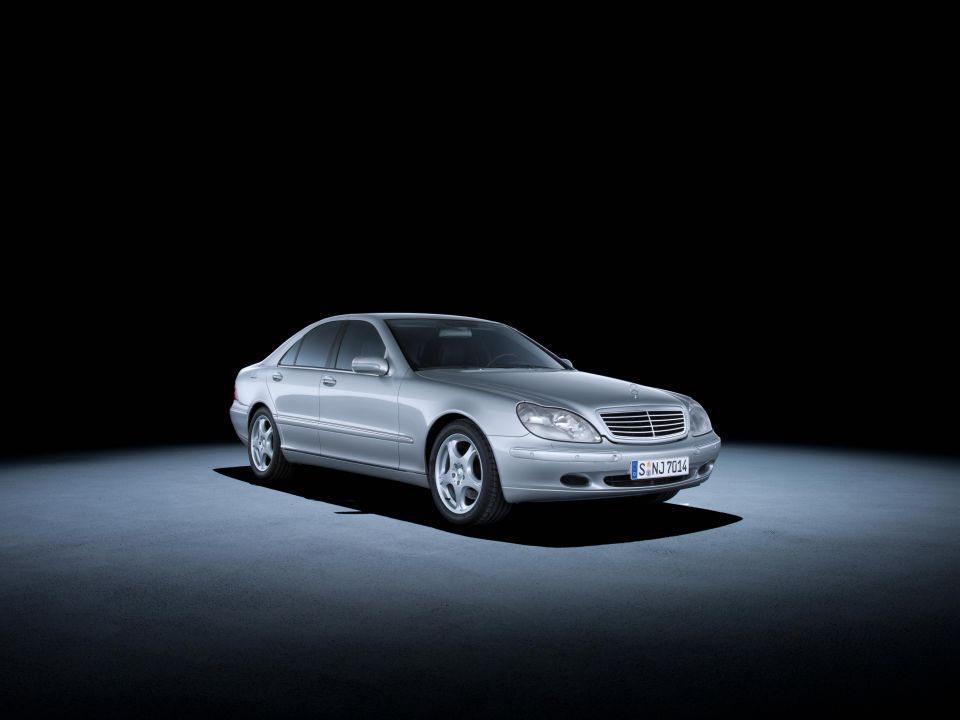
The W140 was sometimes referred to as the last “over-engineered” car Mercedes made but the W220 was unfortunately somewhat under-done and somewhat of an over-correction following the mixed reaction to the W140.
It was the first S-Class to be smaller than its predecessor, shrinking between 55 and 71mm in length and 31mm in width. Styling, too, was leaner, with graceful curves dramatically shedding visual bulk though arguably at the expense of some presence – it didn’t help that the W203 C-Class that followed shortly after aped its styling so closely.
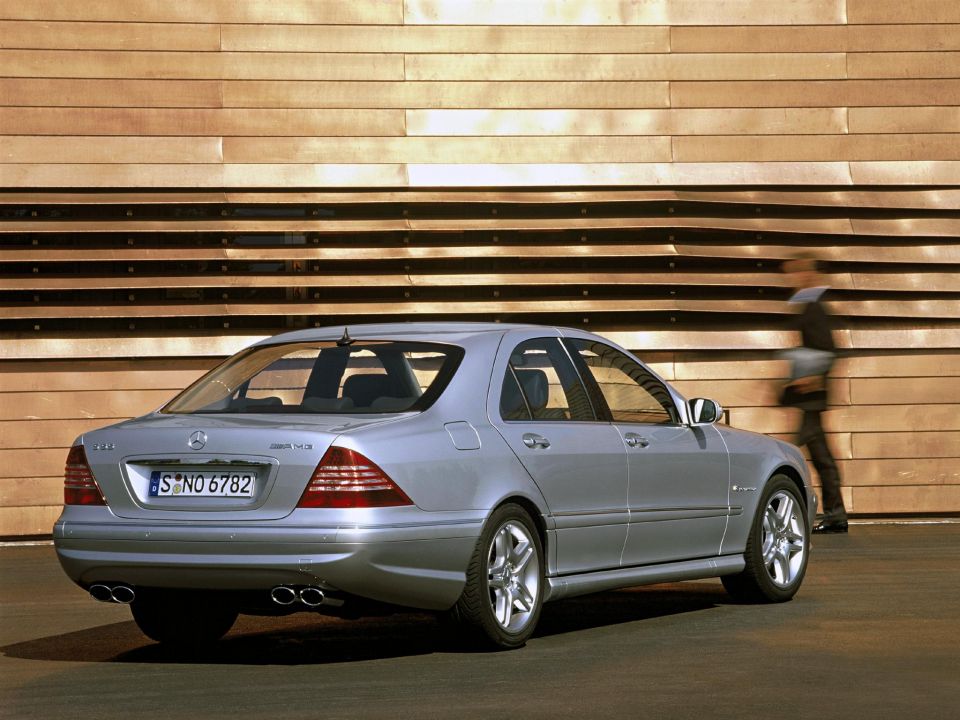
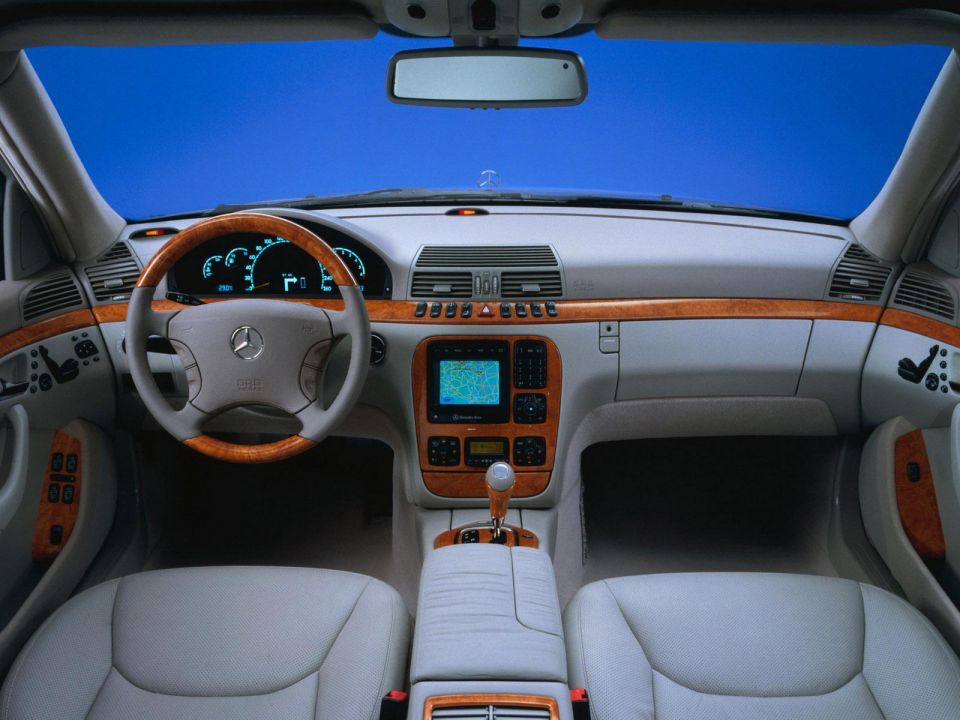
With greater use of aluminium, the W220 was lighter than before to the tune of around 270kg in the S500. Despite this, interior room was almost identical to its predecessor.
Unfortunately, quality and reliability fell short of its W140 predecessor, with even rust posing a problem to W220 owners; interior materials, too, were inferior to those that came before. A mid-cycle enhancement helped resolve some of the W220’s issues, while the initially spartan engine range later expanded to include a twin-turbocharged V12 at the top; the W220 was also the first S-Class to receive all-wheel drive and AMG variants, the S55, S63 and S65 AMG.
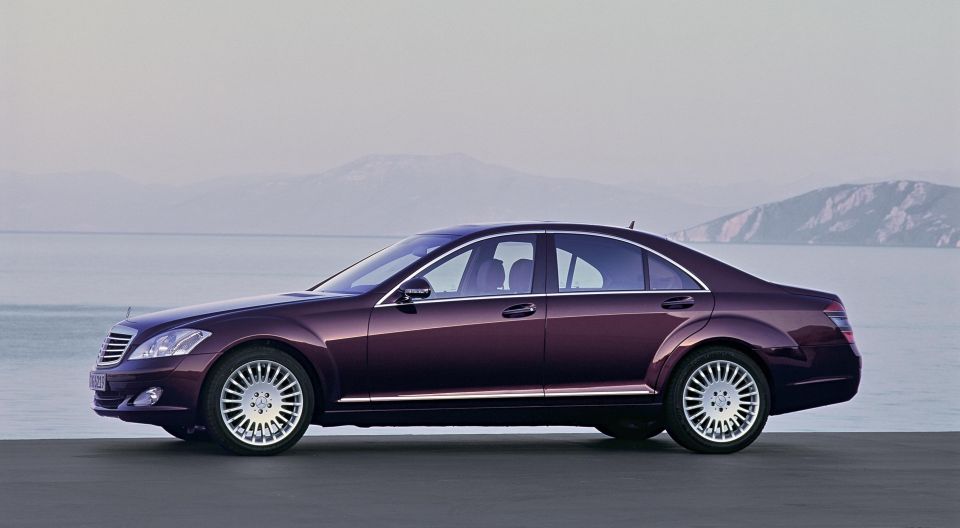
The W221 has perhaps the most adventurously-styled S-Class in years, arguably in response to the polarising yet ultimately commercially successful E65 generation of the BMW 7 Series.
The raised boot lid, for example, seemed like a subtle nod to the infamous “Bangle Butt” of the E65. So, too, did the upright yet slightly protruding dash, ending several generations of slightly canted S-Class centre stacks, while the COMAND infotainment system was conceptually similar to BMW’s iDrive. The wheel arches also took the BMW’s slightly flared look and dialled it up to 11.
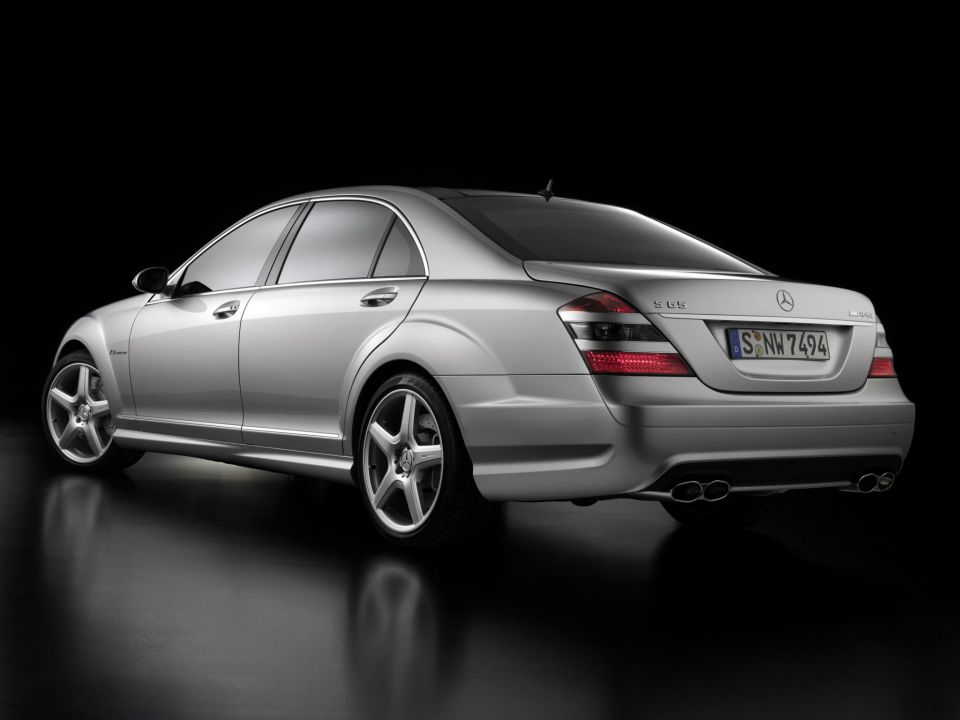
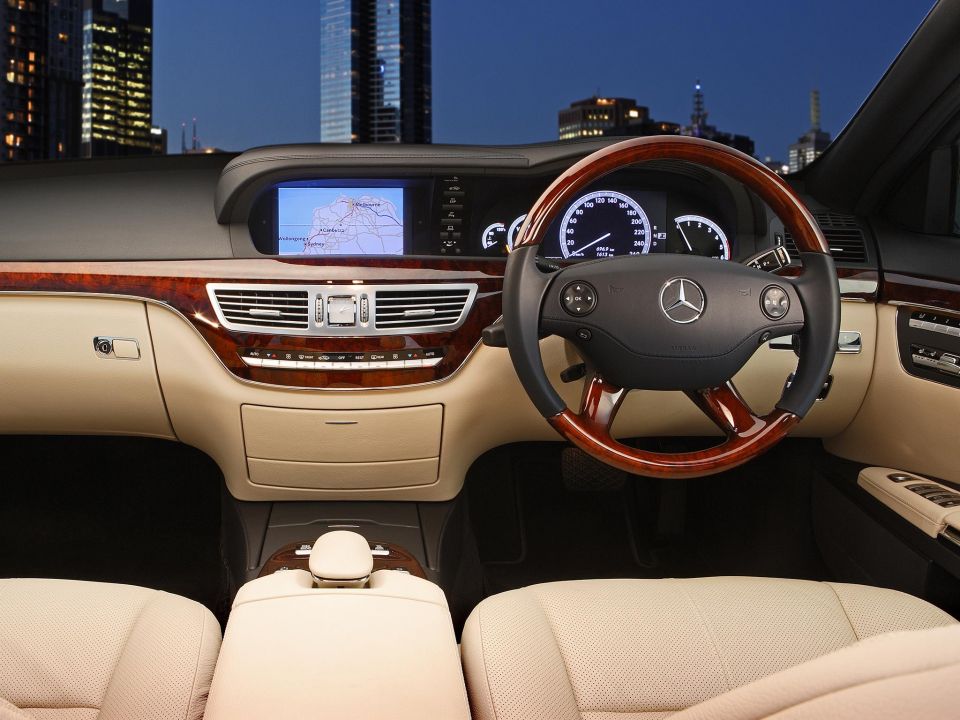
Overall, however, the W221 was distinctively an S-Class and not a 7 Series clone and it had greater presence than its predecessor – it helped that its contemporary C- and E-Class stablemates didn’t just copy its styling. Interior quality was also improved, even if the new dashboard design was polarising – the W221 was also the first S-Class not to have a conventional gear shifter.
It’s just a pity Mercedes didn’t bring the Ocean Drive to production, a dashing four-door convertible concept version of the S-Class.
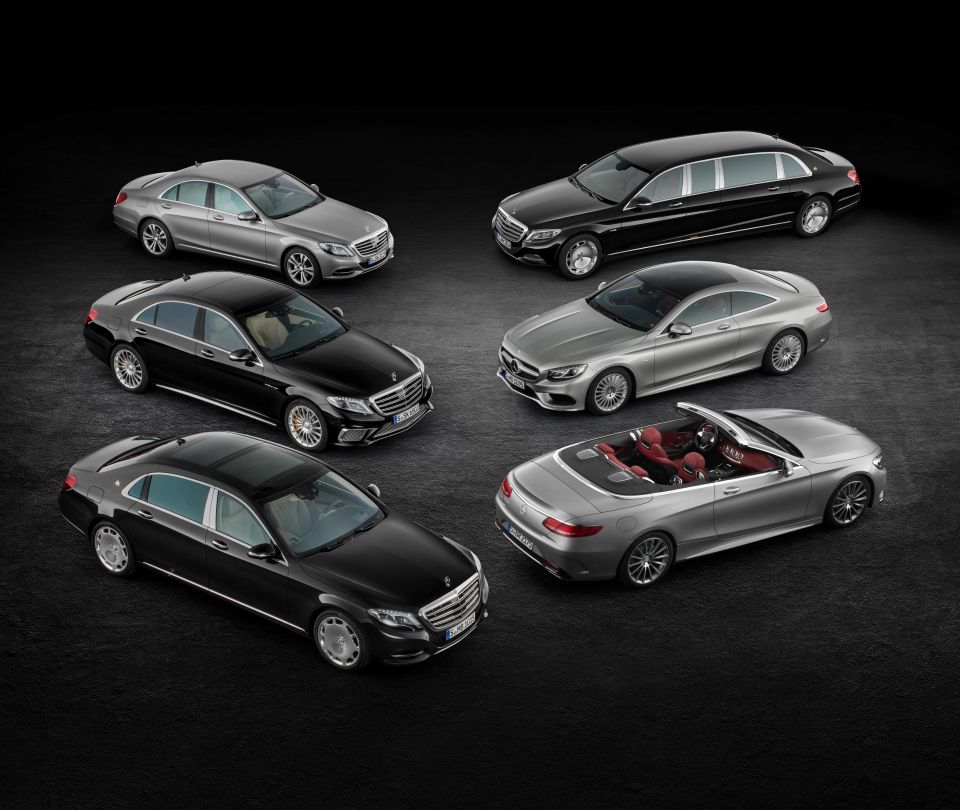
In the early 2000s, BMW employed distinctive visual identities for each of its sedan lines. Mercedes-Benz followed suit with its 2007 W204 C-Class, 2009 W212 E-Class and 2006 W221 S-Class, but with their successors decided to return to a more homogenous design language.
Fortunately, the S-Class was the first of these models to be introduced and, as the S-Class traditionally does, it set the tone for Mercedes’ passenger car range. The W222 also saw the return of coupe and convertible body styles to the S-Class line, Mercedes discarding the CL nameplate.
The S-Class Coupe’s sweeping curves gave it the same outstanding visual presence as its most recent CL predecessor and it wore Mercedes’ new coupe design language the best thanks to its grand proportions. Unfortunately, the new W223 looks to be sedan-only, once again spelling the end of Mercedes’ full-size coupe and convertible.
Also returned for the W222 was the Maybach nameplate after its ultimately doomed 2002-12 run. Mercedes-Maybach S-Classes feature a more opulent interior and some exterior design tweaks including two-tone paint but, while there’s again a stretched Pullman model, they’re not quite at the same level of prestige as a 600 Grosse Mercedes was.
What’s your favourite generation of S-Class? Let us know in the comments.Also, check out our piece on the technical innovations throughout S-Class history.
Take advantage of Australia's BIGGEST new car website to find a great deal on a Mercedes-Benz.
William Stopford is an automotive journalist based in Brisbane, Australia. William is a Business/Journalism graduate from the Queensland University of Technology who loves to travel, briefly lived in the US, and has a particular interest in the American car industry.


Max Davies
5 Days Ago


Josh Nevett
5 Days Ago
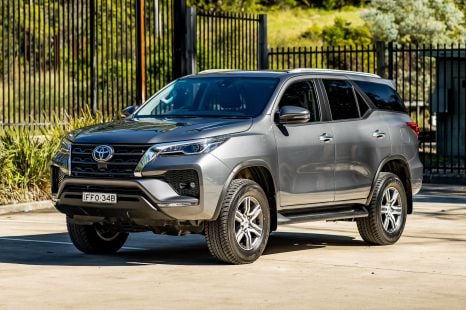

Matt Campbell
4 Days Ago
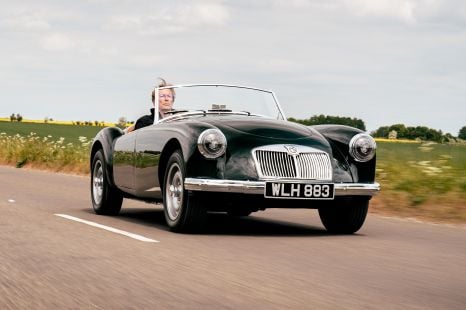

Angus MacKenzie
3 Days Ago
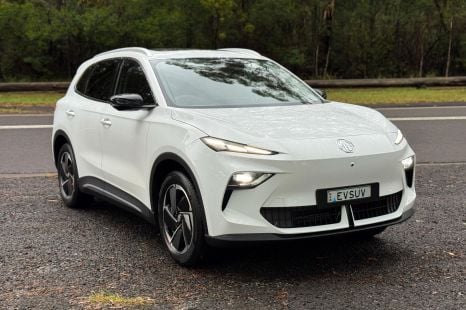

Matt Campbell
2 Days Ago
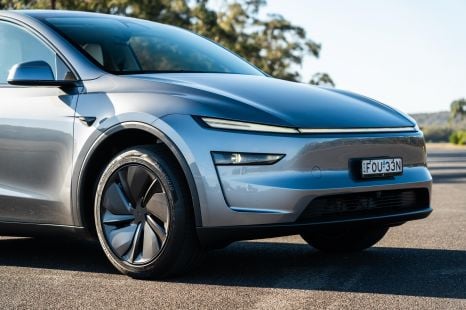

William Stopford
9 Hours Ago